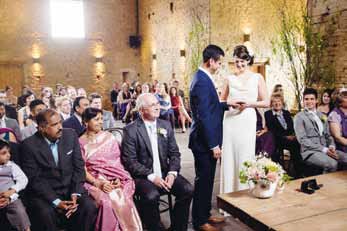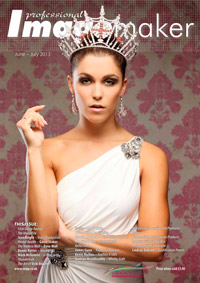articles/Review/x100s-page2
The Fujifilm X100S Review - part 2 of 1 2 3
by Kevin Mullins Published 01/06/2013

This camera is tiny compared to its DSLR cousins, but packs the same punch as its counterparts when it comes to dealing with low light.
I don't think anyone who has used any of the X-trans cameras from Fuji can fail to be astounded by the level of image quality they produce. For me, as an available light shooter, I rarely use flash in any form. The X100 was good at low light shooting but I wouldn't head north of around 2,500 ISO in extreme circumstances.
The Fuji X100S inherits the superb low-light processing of the X-Pro1 and X-E1 as far as I can tell. The extended range goes all the way up to 25,600 but for me, the real power in low light is the ability to set the Auto-ISO to top out at 6,400 where needed (taking into account a minimum shutter speed).
Specifications
• 16.3 Mega Pixels
• 23.6mm x 15.8mm (APS-C) X-Trans CMOS II sensor with primary colour filter
• SD memory card/SDHC memory card/SDXC (UHS-I) memory card support
• JPG & RAW, MOV (H.264, Audio : Linear PCM/stereo sound)
• 23mm (35mm equivalent) fixed f2 lens (f2 - f16 1/3EV step (controlled with 9-blade aperture diaphragm))
• Equivalent to ISO 200-6400 (Standard Output Sensitivity)
• Extended output sensitivity equivalent ISO 100, 12800 and 25600
• 6 frames per second continuous shooting
• Build in flash
• Hybrid Optical and Electronic Viewfinder

A lot of people ask me if I'm comfortable using the Auto-ISO settings and the answer is yes. In fact, I use it pretty much all the time. However, I have different settings for different situations.
You can save the different Auto-ISO settings for each of the three camera custom shooting profiles so I have one setting that shoots between 200 ISO and 6400ISO with a minimum shutter speed of 1/125th (that's my standard). I then have a couple of variants for outside shooting and for shooting in much darker scenarios (where the shutter speed is a lot lower).
Using the new Q button I can switch between these pretty rapidly. As ever, the famed Fuji colour rendering is just amazing. However, as I tend to shoot JEPG with my cameras these days I've noticed the NR setting in camera can be a little harsh and for that reason I usually set my NR setting to -1 in the configuration menu.
In my tests, the colour accuracy, sharpness and noise is markedly better than the X100 and certainly on a par with the files my X-Pro1 produces.
As a documentary wedding photographer the Fuji X cameras have been a bit of a godsend. I shoot a lot at each wedding now with the X-Pro1 and whilst I did take the original X100 to a few weddings in the early days it soon became redundant with the advent of the X-Pro1.
Please Note:
There is more than one page for this Article.
You are currently on page 2 Contact Kevin Mullins
1st Published 01/06/2013
last update 09/12/2022 15:00:32
More Review Articles
There are 0 days to get ready for The Society of Photographers Convention and Trade Show at The Novotel London West, Hammersmith ...
which starts on Wednesday 15th January 2025




